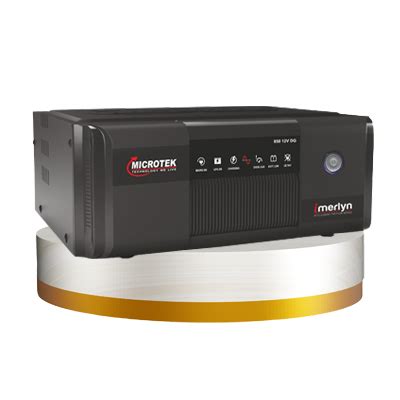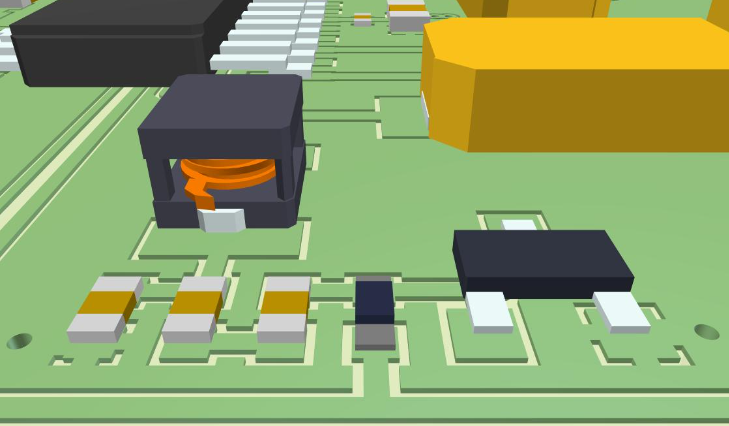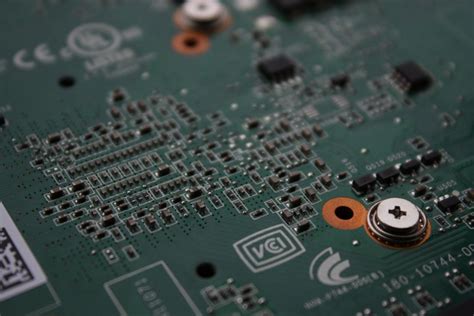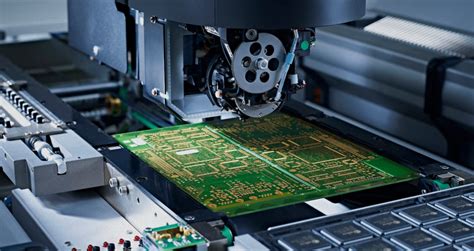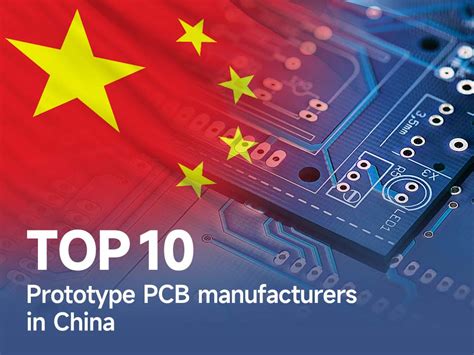PCB (Printed Circuit Board) Board Composition and Industry Chain
(Printed circuit board, referred to as PCB) is a substrate for assembling electronic parts. It is a printed board that forms point-to-point connections and printed components on a general substrate according to a predetermined design.
The main function of this product is to connect various electronic components to form a predetermined circuit, play the role of relay transmission, and is a key electronic interconnection part of electronic products. The manufacturing quality of printed circuit boards not only directly affects the reliability of electronic products, but also affects the overall competitiveness of system products.
Therefore, printed circuit boards are called “the mother of electronic system products.” The development level of the printed circuit board industry can reflect the development speed and technical level of the electronic industry in a country or region to a certain extent.
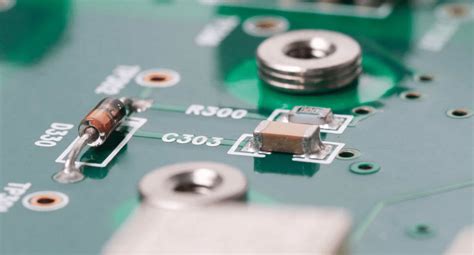
Glass fiber yarn: Glass fiber yarn is made of raw materials such as silica sand calcined into liquid in a kiln, pulled into extremely fine glass fibers through extremely fine alloy nozzles, and then hundreds of glass fibers are twisted into glass fiber yarn. The construction of kilns requires huge investment and is a capital-intensive industry. A 30,000-ton kiln requires RMB 400 million and it takes 18 months to build a new kiln. The business cycle is difficult to grasp, and once ignited, it must be produced 24 hours a day without interruption. After about five years, it must be shut down for half a year for maintenance, and the entry and exit costs are huge.
Fiberglass cloth: Fiberglass cloth is one of the raw materials for copper-clad laminates. It is woven from fiberglass yarn and accounts for about 40% (thick plates) and 25% (thin plates) of the cost of copper-clad laminates. Fiberglass cloth manufacturing is similar to weaving companies. It can control production capacity and quality by controlling the speed, and the specifications are relatively simple and stable.
There has been almost no significant change in specifications since World War II. Unlike CCL, the price of fiberglass cloth is most affected by supply and demand. In recent years, the price has fluctuated between US$0.50 and US$1.00 per meter. Currently, the production capacity of Taiwan and mainland China accounts for about 70% of the world. The relationship between upstream and downstream is the key to operation. The price of a loom is 100,000 to 150,000 yuan, and generally more than 100 looms can be used for normal production. However, the capital requirements for subsequent heat treatment and chemical treatment equipment are relatively high, reaching tens of millions. The capacity expansion of weaving is easy and flexible.
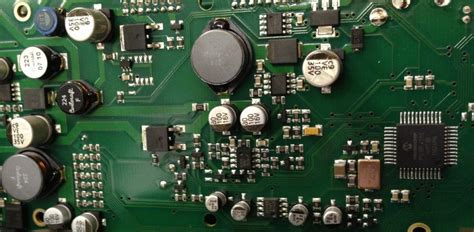
Copper foil: Copper foil is the raw material that accounts for the largest proportion of the cost of copper clad laminates, accounting for about 30% (thick plates) and more than 50% (thin plates) of the cost of copper clad laminates. Therefore, the price increase of copper foil is the main driving force for the price increase of copper clad laminates. Copper foil is widely used, not only in the copper clad laminate industry. When the copper clad laminate industry is sluggish, copper foil manufacturers can switch to copper foil for other purposes. The price of copper foil is closely reflected in the price changes of copper. As the price of copper rises steadily, copper foil manufacturers transfer cost pressure to downstream. The high technical barriers of the copper foil industry have led to insufficient domestic supply. High-end copper foil still needs to be imported in large quantities, and the cost of investing in factories is also very high.
Copper clad laminate (CCL for short): It is based on electronic grade glass fiber cloth, impregnated with epoxy resin, and dried to form a semi-cured adhesive sheet. Then, a thin copper foil is applied to the single-sided, double-sided or multi-layer board surface. It is made under special hot pressing conditions and is the direct raw material of PCB. The capital demand of the copper clad laminate industry is large, and the capital demand of small-scale factories is about 50 million yuan. The concentration is high, and there are about 100 factories in the country. The copper clad laminate industry is a cost-driven cyclical industry. In the upstream and downstream industrial chain structure, CCL has strong bargaining power for PCB. As long as the downstream demand is acceptable, the pressure of cost increase can be passed on to downstream PCB manufacturers, but only the super-large-scale CCL can have a strong voice in the procurement of raw materials such as glass fiber cloth and copper foil. Because the copper clad laminate has a single product use, it can only be sold to printed circuit board factories. When the PCB is in a downturn, it can only lower the price to ensure the utilization of production capacity.
PCB: Compared with upstream and downstream industries, the characteristics of the printed circuit board industry determine that its industrial concentration is not high; in the fierce market competition environment, only those companies with good market positioning and high operational efficiency have long-term competitiveness. An ordinary PCB production line requires more than 20 million yuan, a multilayer board requires an investment of 50 million yuan, and HDI requires an investment of more than 200 million yuan. Due to the huge industry and very detailed division of labor, there are single-station processes that specialize in drilling and other outsourcing, and low-end products are in oversupply. High-end printed circuit board industries such as HDI are capital- and labor-intensive industries, and have relatively high requirements for management and technology, which often become bottlenecks for capacity expansion.


